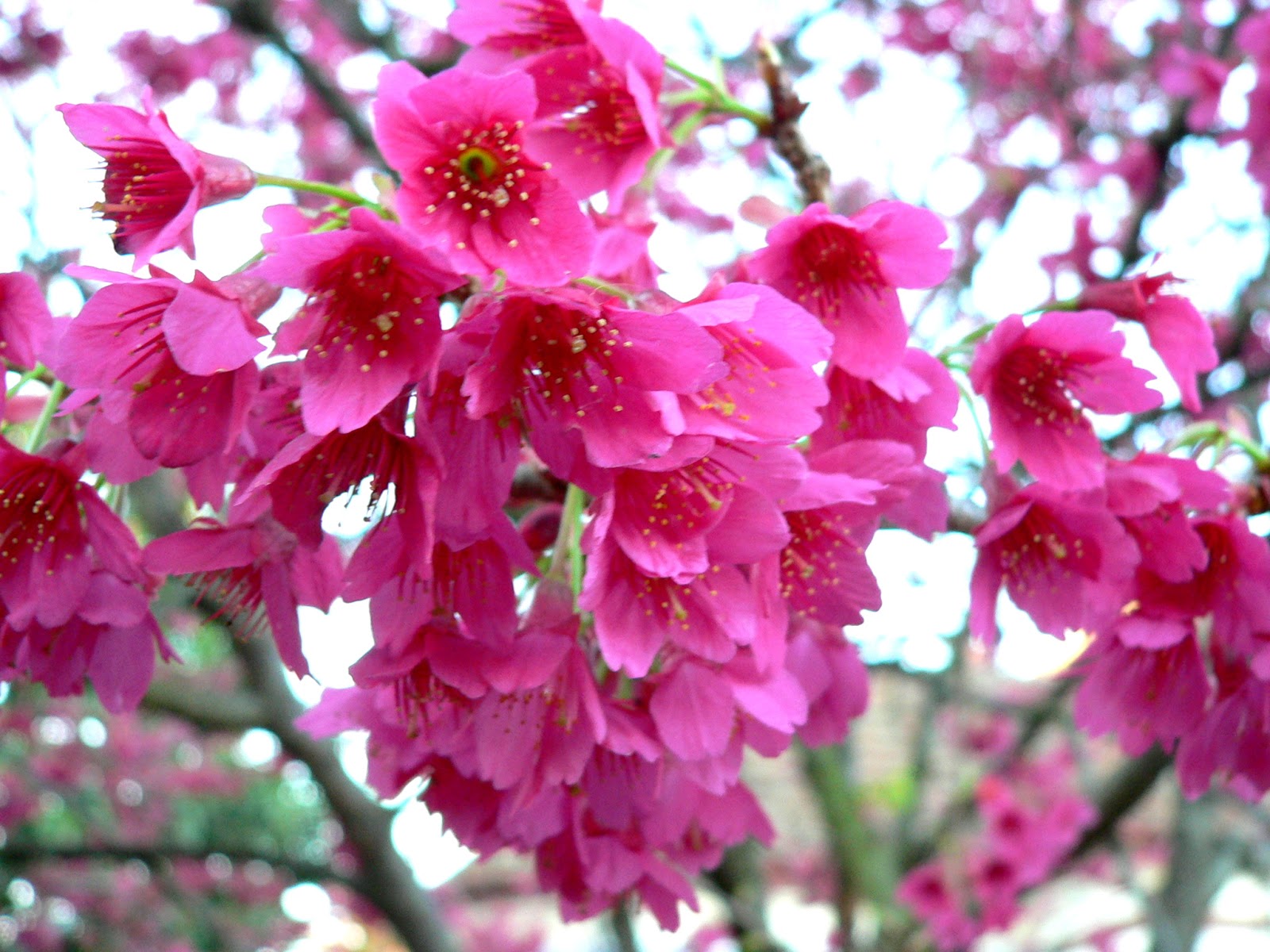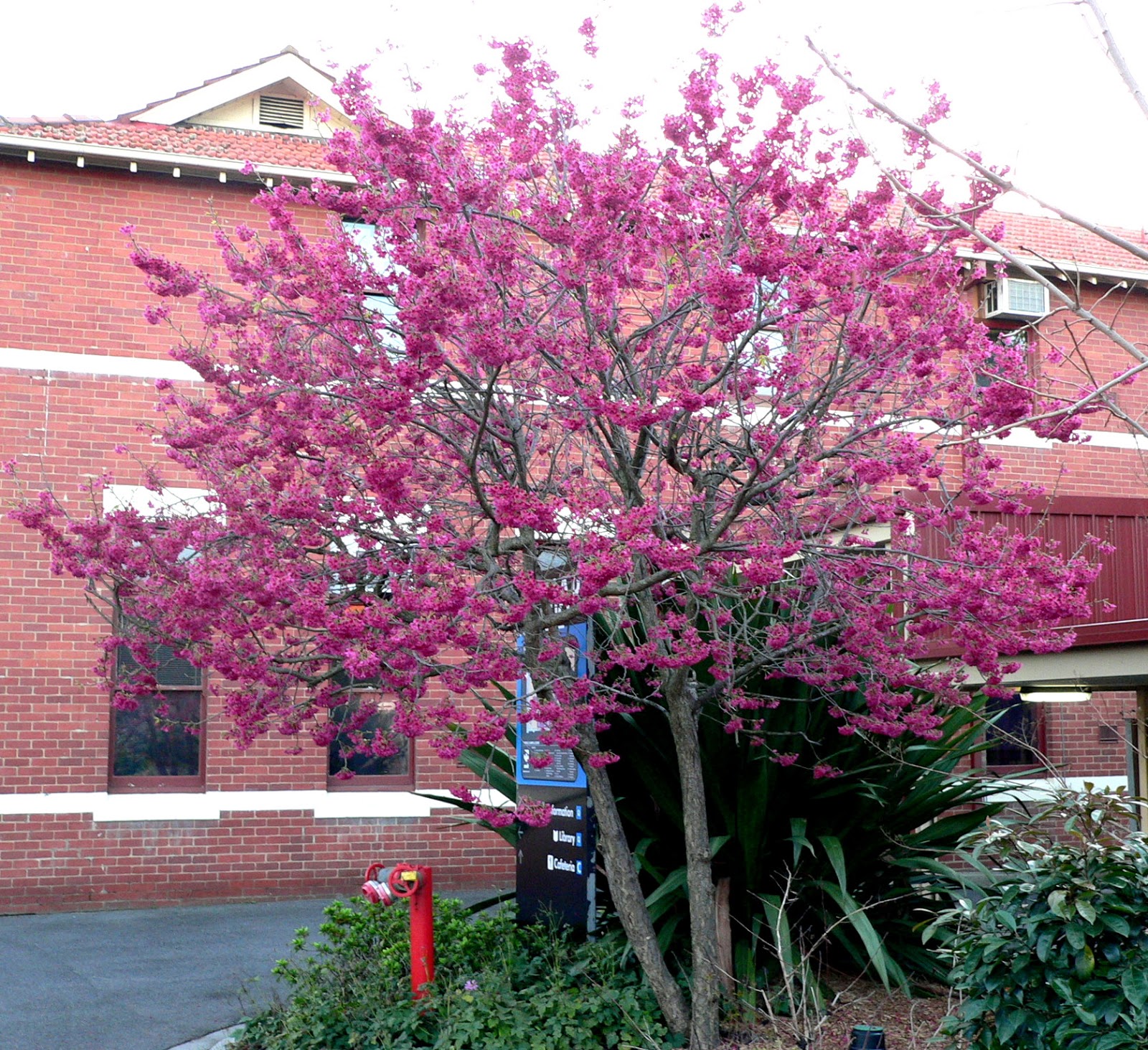Lake Mountain bushland and Marysville town plantings 2013
Just got back from an overnight stay in Marysville after a day trip to Lake Mountain to see the snow. Marysville is a town 99km out of Melbourne which, along with several other old Victorian rural towns, was established as stopping point between Melbourne and the goldfields (in this case the upper Goulburn goldfields). It also attracted loggers as it is still surrounded by massive Mountain Ash trees which were once touted as Australia's tallest trees. In 2009 the destructive 'Black Saturday' bushfires ripped through the town causing massive damage. 90% of Marysville's buildings were destroyed and 45 people died in the fires. I visited in 2010 and the town was still badly damaged. I remember seeing that the shops on the main street were destroyed and were temporarily operating out of shipping containers. There was also burnt buildings and trees everywhere. It was a great pleasure this time, to see the town basically fully rebuild and with all services up and running. The great thing was that such a great job had been done during the rebuilding process. The main streets buildings were all up and running and the streetscape planting was magnificent. The main street was lined with hellebores, grape hyacinth and daffodils. Also a new park named 'Gallipoli Park' was build with state of the art planting (a mixture of Australian natives and exotics) and play equipment. The visit to Lake Mountain was both shocking and beautiful. The mountainside was full of ghostly dead snow gums that were also destroyed in the bushfires. As sad as it was to see them in that state they did look striking with the fog drifting through them. The other pleasing thing to see was all the new growth starting to rise up from the ground level which was once shaded out by the canopy that was lost to the fires.
Several pictures below of Lake Mountain's dead snow gums and new growth appearing over snow.
This is a man made river bed near the new 'Gallipoli Park'. I wish I took some pictures of the park itself. The seeing the park's native plant scheme has reinvigorated my interest in the use of native plants for ornamental purposes.
The next 3 pictures are of street side plantings on the main street of Marysville. They are all good choices in my opinion. The bulbs should do well because of the cooler climate and hopefully the hellebores should thrive under the deciduous oak trees that shade them in summer.




































